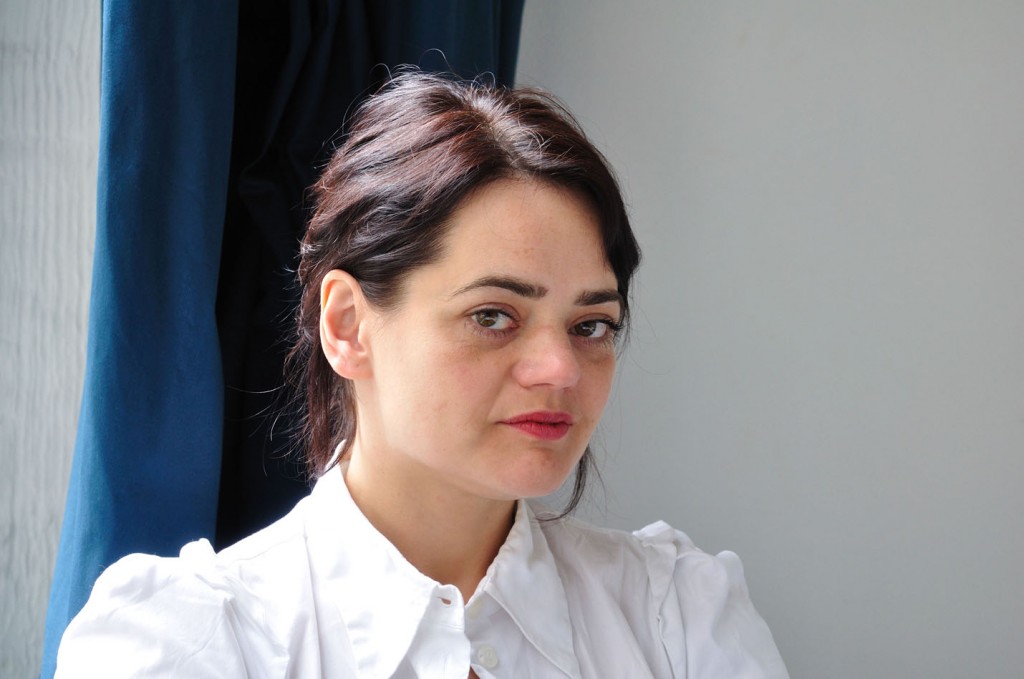Your story in 10 lines with a specific hint about your childhood
Right now I am Head of Sculpture Studies at the Henry Moore Institute and I truly believe that I have the best job in Europe. The Institute is an incredible place – we are driven by research and celebrating difficulty, topics that fuel ideas. I have been based at the Institute for nearly five years now. Before that I was an academic, and I suppose this trajectory follows my obsession with trying to learn as much as possible. Even as a child I was constantly trying to find things out – I grew up on a very small island and I remember quickly reading my way through the children’s section and being given a special pass to the adult section.
Curator, manager, teacher and writer: which is the task that represents you better?
Hum, I think none and all of these terms! For me sharing ideas, testing possibilities and learning from others are more representative. I am without question committed to making exhibition, and I see this as a process of producing knowledge that involves being a student as much as a teacher and a reader as much as a writer.
What do you think of artists’ curated shows and why ‘failure’ and ‘risk’ have been two key issues among your recent publications?
Failure is a wonderful thing – we need to reclaim it as a term! To be told ‘you have failed’ is a terrible feeling, but it is one that we have all experienced many, many times. Even though failure hurts it is a good thing – it reveals where break points are, where you can push harder.
Which is your approach with the youngest colleagues in your team and which the one when you travel to curate exhibitions? When do you enjoy more?
Making exhibitions is all about working with people – many individuals input. Often those with the least experience have the most open minds and those who have different starting points with their knowledge always shed new light on problems.
What do you think about the self-referenced audience in contemporary art exhibition and what do you operate in concrete to enlarge the public base in your institution?
This week the architectural theorist Mark Cousins delivered a wonderful lecture at the Henry Moore Institute on encounters with exhibitions that answers this question so much better than I could. He talked about the exhibition as a presentation that moved an artwork from being ‘inhibited’ to ‘exhibited’. What I found so inspiring about this way of talking is that it underlines that perceiving artworks directly is crucial. For me I want as many people as I can to experience exhibitions, but –and I know this might sound odd- success is not measured by how many people come through the doors, or even by how many people like it. What matters most is that an exhibition is engaged with, thought about, entered into a dialogue with. I would rather five people see an exhibition and argue with it that ten who simple spend one minute with it and say ‘how lovely’.
Which is the most important achievement you obtained as curator and which is, on the other hand, the one as the more intimate yourself?
Well in reality it is for others to answer that question! What I am most proud of? Leading an institution to work with an incredible group of people to create a programme that makes a difference in the world.
Which encounters do you normally have in your daily work routine?
My days are filled with encounters. Very occasionally I shut myself away from all encounters, usually when I have a writing deadline. After two days I start trying to engage furniture in conversation – I like company a lot.
What your city – Leeds – is giving to you and vice versa?
Leeds is a great city – it is where culture is tested out. It has five universities; a ground breaking opera house; it is the home of Northern School of Contemporary Dance; the finest art house cinema, Hyde Park Picture House, that was built in 1913; the strongest public collection of British sculpture is housed at Leeds Art Gallery; near neighbours The Hepworth Wakefield and Yorkshire Sculpture Park present fantastic programmes; a pub cures its own meats, the Reliance; and a French restaurant, Sous Le Nez, with a perfect wine list. What is not to like!
Can you share your favourite cooking passion?
I love cooking – in fact one of my favourite things to do is invite friends over and cook. It is such a pleasure – you take raw materials, tune them into something delicious and share it with people who you like. Right now I am fine-tuning a soup that at home we call ‘chlorophyll soup’ which consists of cinnamon sticks, spinach and not much else…
Which is your favourite wine or drink?
Zacapa XO sipped slowly.
Which is your music or the book(s) with you now (and on which kind of side table or desk the book(s) lies down now)?
I am answering your questions while on the train. Once I complete your questionnaire I will delve into my bag and finish Genet’s A Thief’s Journal. It is a book that I recently found out Rebecca Horn was recommended as a student, and it then resonated with her for many years.
Which has been the place in this world where you successfully lived “slow”, if this ever happened?
I am not sure…I suppose when I sleep I sleep slowly!
Which is a talent you have and the one you miss?
You know I was once the in the Guernsey Girls under-twelve-years-old table tennis team. And I wish that I could speak six languages. And do handstands.
What have you learnt from life until now?
That life is rather wonderful and difficult.

